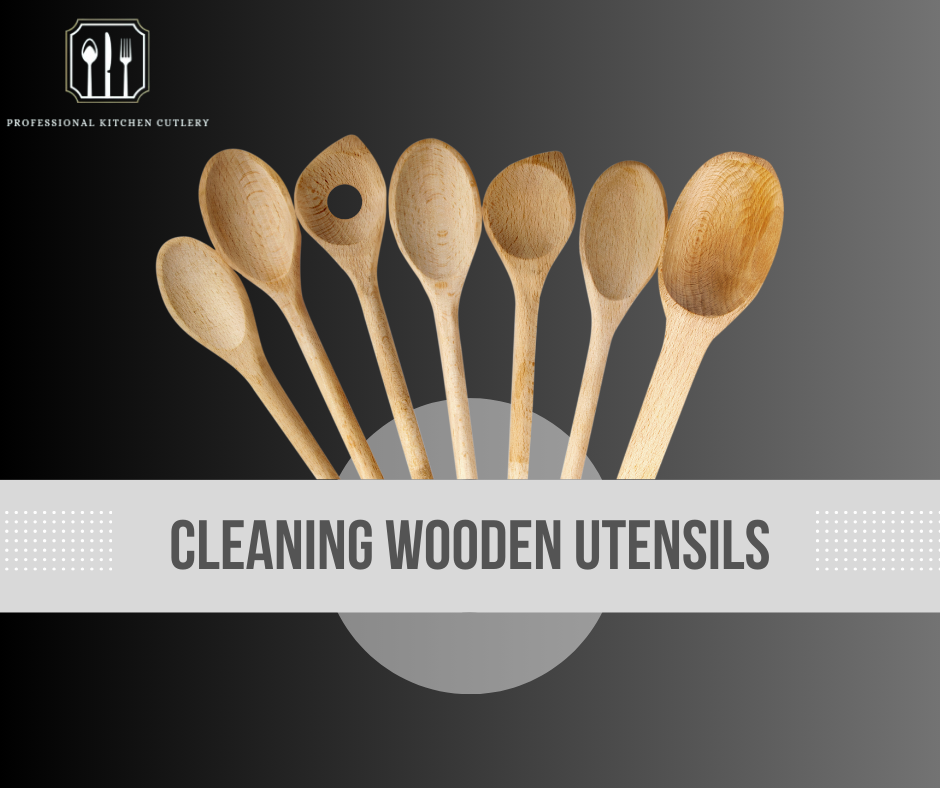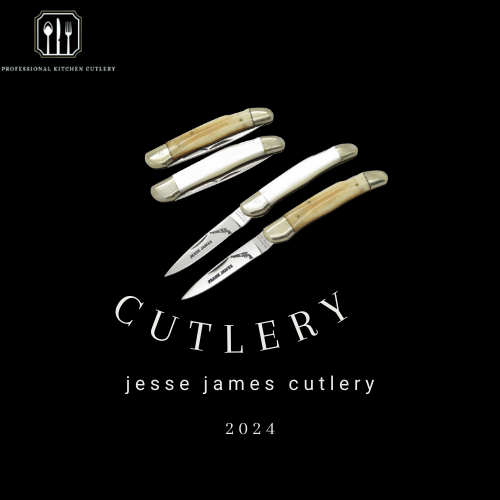Effective Tips for Cleaning Wooden Utensils: A Complete Guide
Wooden utensils add a touch of rustic charm to our kitchens, but to keep them functional and hygienic, proper cleaning is essential. Let’s explore a comprehensive guide on effective cleaning methods to ensure your wooden utensils stand the test of time.
Introduction:
Wooden utensils, with their natural beauty and warmth, are cherished kitchen companions. However, to maintain their integrity and hygiene, regular cleaning is crucial. This guide will walk you through the best practices for cleaning wooden utensils, ensuring they remain both functional and aesthetically pleasing.
Why Wooden Utensils?
Wooden utensils offer several advantages, including their natural antibacterial properties. Unlike other materials, wood can inhibit the growth of bacteria, making it a safe and hygienic choice for cooking utensils. Understanding the benefits of using wooden utensils sets the stage for effective cleaning.
Signs Your Utensils Need Cleaning:
Identifying when your wooden utensils need cleaning is vital for maintaining a hygienic kitchen. Look out for lingering odors, visible stains, or color changes. Addressing these signs promptly not only ensures cleanliness but also prolongs the life of your utensils.
Gathering Your Cleaning Arsenal:
Before diving into the cleaning process, gather your cleaning arsenal. This includes a soft sponge, mild dish soap, warm water, and food-grade mineral oil for the oil massage. Having a designated cleaning kit ensures you have everything you need at your fingertips.
Gentle Handwashing Techniques:
Preserve the natural patina and integrity of your wooden utensils by opting for gentle handwashing techniques. Use mild dish soap and warm water to clean the utensils, avoiding harsh dishwashers that may compromise the wood’s quality.
Tackling Stubborn Stains:
For stubborn stains, turn to natural methods to avoid damaging the wood. Baking soda or a lemon slice can be effective stain removers without resorting to harsh chemicals. This ensures your utensils remain stain-free while preserving their natural beauty.
Drying Tips for Longevity:
Proper drying is crucial to prevent warping and mold growth. After washing, air-dry your wooden utensils thoroughly in a well-ventilated area. Avoid direct sunlight
Oil Massage: Nourishing Your Utensils
Wooden utensils, much like our skin, benefit from a nourishing massage. Regularly applying a food-grade mineral oil helps prevent the wood from drying out and cracking. Choose an oil with neutral properties to avoid any unwanted flavors in your food. Begin by applying a small amount of oil to a cloth and gently massaging it into the utensils. This simple step not only enhances the natural beauty of the wood but also adds a protective layer, extending the life of your utensils.
Storing Wooden Utensils:
Proper storage is often overlooked but plays a crucial role in maintaining the quality of your wooden utensils. Store them in a well-ventilated area, away from direct sunlight and heat sources. Avoid overcrowding, as good air circulation prevents moisture buildup. This simple practice ensures your utensils remain in top-notch condition, ready for use whenever you need them.
Common Cleaning Mistakes to Avoid:
Understanding what not to do is as crucial as knowing the right steps. One common mistake is soaking wooden utensils. Wood absorbs water, and prolonged soaking can lead to swelling and warping. Instead, opt for gentle handwashing, preserving the longevity of your utensils and preventing potential damage.
When to Bid Farewell: Signs of Wear:
While wooden utensils are durable, they aren’t immortal. Recognizing signs of wear is essential to maintaining a safe and efficient kitchen. If you notice deep cracks, excessive splintering, or a musty smell that persists despite cleaning, it may be time to bid farewell to your beloved utensils.
DIY Natural Cleaners:
Harness the power of natural cleaners straight from your pantry. Baking soda, lemon, or a mixture of vinegar and water can effectively clean your wooden utensils without exposing them to harsh chemicals. Create your DIY cleaner by mixing these ingredients in small quantities, ensuring a safe and eco-friendly cleaning routine.
Reviving Old Wooden Utensils:
Don’t give up on old friends. Reviving aging wooden utensils is not only sustainable but also sentimental. Lightly sand the surface to remove stains and rough patches, then proceed with the oil massage. With a little care and attention, you can breathe new life into these seasoned kitchen companions.
Conclusion:
In conclusion, cleaning wooden utensils is a simple yet essential aspect of maintaining a hygienic and functional kitchen. By incorporating these effective cleaning methods into your routine, you not only preserve the beauty of your utensils but also ensure a safe and enjoyable cooking experience.
FAQs:
How often should I clean my wooden utensils?
Regular cleaning is recommended, ideally after each use. This helps maintain hygiene and preserves the integrity of the wood.
Can I use any oil for the oil massage?
Yes, but mineral oil or food-grade mineral oil is highly recommended. It provides optimal nourishment without any risk of rancidity.
Is it okay to air-dry wooden utensils outside?
It’s best to avoid direct sunlight and extreme humidity. Choose a well-ventilated area for optimal air-drying without the risk of warping.
Can I use bleach to remove stains from wooden utensils?
No, bleach is too harsh and can damage the wood. Stick to natural stain-removing methods like baking soda or lemon.
How can I tell if my wooden utensils are beyond repair?
Signs include deep cracks, excessive splintering, or a musty smell. If these issues persist, it may be time to replace the utensils



